The current rate of species extinction is hundreds of times higher than in the last 10 million years, and there is only one cause: us. Humans are responsible for an accelerating loss of biodiversity that amounts to a sixth mass extinction. Countless species are going extinct before we even know they exist; one study put these cases at 59% of all extinctions. On more fortunate occasions, scientists recognise the imminent threat of extinction and collect specimens to breed the species in captivity. Sometimes their efforts are in vain and the species goes extinct before our very eyes. Others, for the time being, survive only in captivity. But the most encouraging group are those species we have saved from extinction and returned to the wild—12 species since 1950—demonstrating the success of captive breeding and reintroduction programmes. Here we look at some of these successes.
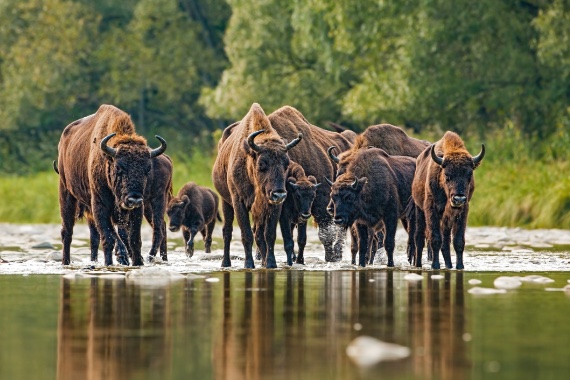
European Bison (Bison bonasus)
There was a time when several species of bison roamed Europe. All became extinct in prehistoric times except one, the European bison, which managed to survive in a few pockets in the east of the continent until the 20th century. The last wild European bison in the world was killed by poachers in the western Caucasus in 1927, but fortunately there were 54 bison in captivity. A breeding programme began in the Białowieża Forest in Poland in 1927, and reintroductions began in 1952. Today it is a success story: there are now more than 6,000 specimens, mostly in Poland but also in more than twenty countries, and the species is classified as “near threatened”, a low risk category. It has even been introduced into protected areas in countries where it did not originally exist, such as Spain.
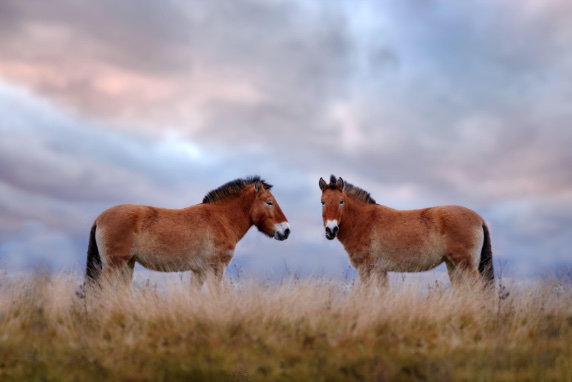
Przewalski’s horse (Equus ferus przewalskii)
The Przewalski’s horse, also called the takhi, is one of the most iconic cases of the reintroduction of species that were extinct in the wild. Scientists have yet to agree on whether it is a separate species or a subspecies related to the domestic horse, and whether it was originally wild or is descended from animals domesticated thousands of years ago. Once widespread across the steppes of Russia and Central Asia, it began to disappear in the 19th century and became rare in the 20th century. The last wild specimen was sighted in Mongolia in 1969, by which time breeding programmes had already produced a small captive population from 12 individuals, 11 of which were captured between 1899 and 1902, and a final mare collected in 1947. In the 1990s, they began to be reintroduced into Mongolia. Today, there are around 2,500 of these horses in reserves in several countries and in many zoos, but the species is still considered endangered.
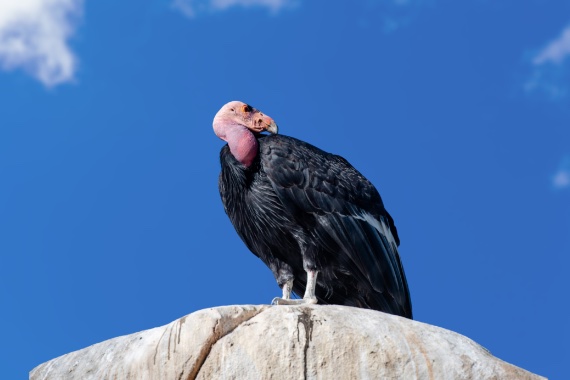
California Condor (Gymnogyps californianus)
The California condor, the largest land bird in North America, once lived along the west coast of the USA, reaching as far north as Vancouver (Canada) and as far south as Baja California (Mexico). Its population plummeted in the 20th century due to habitat destruction, poaching and poisoning by the insecticide DDT and lead from ammunition in the carcasses they consumed. In 1987, the 22 surviving individuals were captured and a captive breeding programme began. Reintroductions began in 1992. There are now more than 550 individuals, most of them in the wild, although the species remains critically endangered.
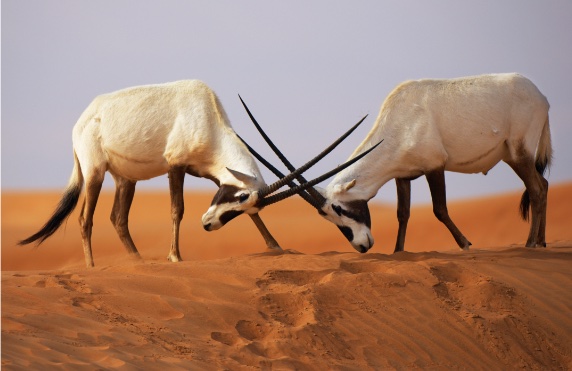
Arabian oryx (Oryx leucoryx)
Of the four species of oryx, the one found on the Arabian Peninsula suffered a critical decline in the 20th century. No wild specimens have been recorded since 1972, leading to it being declared extinct in the wild. In the 1960s, however, captive breeding programmes were being undertaken in the USA and Saudi Arabia, which led to its reintroduction in the early 1980s in several countries on the peninsula, as well as in Israel and Jordan. Today, just over 1,000 individuals in the wild and more than 6,000 in captivity are descended from 17 founding individuals, and the species has become the first to see its threat downgraded from “extinct in the wild” to only “vulnerable”. Now it is the turn of the scimitar-horned oryx (Oryx dammah), extinct in the wild but being bred in captivity with a view to reintroduction.
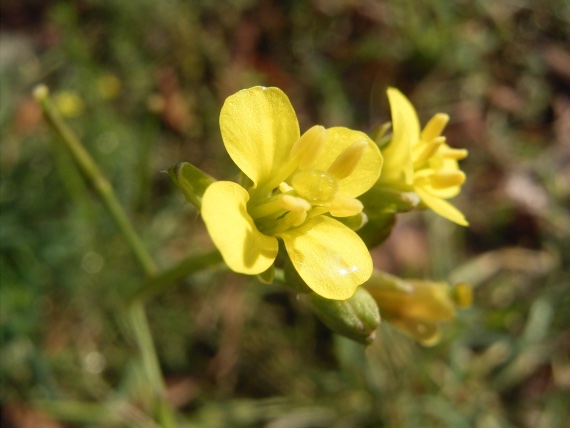
Alboran wall-rocket (Diplotaxis siettiana)
One of the only 12 species that have survived exclusively in captivity since 1950 and been successfully reintroduced into the wild is a flowering plant that grows on the small Spanish islet of Alborán, located in the Mediterranean between Spain and Morocco. A relative of rocket (arugula) and mustard, Alboran wall-rocket, or jaramago de Alborán as it is known in Spanish, used to grow only around the military helipad, but the custom of watering the surrounding area with seawater to reduce the dust thrown up by the helicopters, together with the introduction of domestic animals, led to its disappearance in 1974. Fortunately, seeds had been collected and 48 plants were reintroduced in 1999. Although it is reproducing, it is still considered critically endangered due to the small size of its habitat and the conflict between protecting the island and its military use.
Javier Yanes
Comments on this publication